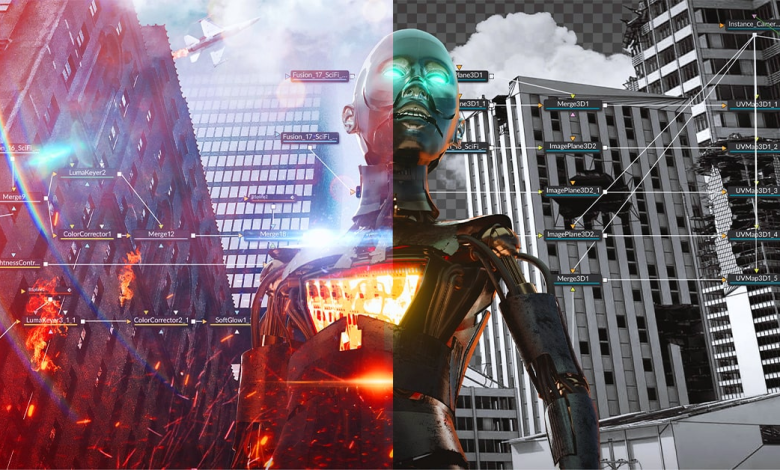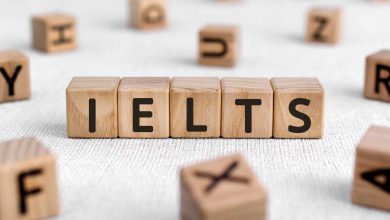
Attention online is brutal. Scroll, swipe, skip. In that chaos, VFX animation is the thing that makes someone pause for half a second longer than planned. Not just for blockbuster movies anymore, but for brands, photographers, filmmakers, and any creator who wants content to feel bigger than the frame. Animation studios like Grizzle show how visual effects can turn ordinary footage into something that feels crafted, cinematic, and strangely hard to ignore.
VFX animation is not just explosions, neon titles, and sci-fi portals. At its best, it is invisible. It fills in the gaps between what was actually shot and the story that needs to be told. A subtle particle trail, a soft parallax movement, a believable shadow under a product box – these small touches can be the difference between “nice video” and “that looked expensive.”
What VFX animation actually covers
Visual effects and animation sit on a spectrum. On one end, there are simple enhancements: cleaning up skin, removing wires, fixing logos, adding screen replacements to phones or laptops. On the other end, there are full CG worlds, character animation, and complex simulations.
Most brand and creator work lives somewhere in the middle:
- Animated titles and lower thirds that feel designed, not generic templates
- 2.5D parallax moves that bring still photos to life
- Stylised transitions between scenes
- UI and app mockups that look like fully working products
- Particles, light streaks, glows, and lens effects that add atmosphere
The goal is rarely to show off software. The goal is to direct attention. VFX is there to make the viewer look where the story needs them to look next.
Why brands lean on VFX now
Organic reach is shrinking, production timelines are shrinking, but expectations are rising. Viewers are used to streaming-platform quality and instantly spot anything that feels generic. That is where VFX animation earns its keep.
Good effects help to:
- Make a modest budget look premium
- Tie together footage from different cameras or locations
- Give a brand a recognisable visual language
- Turn simple product shots into micro-stories
Think about a basic shoot: a physical product on a table, a few pans and close-ups, maybe a voiceover. Add tasteful VFX and that same footage can suddenly feel like part of a bigger universe: a glow when the product activates, floating icons that hint at features, a clean animated line that guides the eye around the frame.
Nothing “fake,” just a layer of intention.
From static imagery to moving stories
For creators used to working with photography, VFX animation opens a new door. A still set can become a campaign video. A gallery of images can be turned into a motion reel that feels designed from the ground up.
Common techniques include:
- Parallax: cutting a photo into layers and adding subtle camera motion
- Animated overlays: light leaks, abstract shapes, or grain that give rhythm
- Text in motion: quotes, headlines, and captions that feel integrated, not pasted on
- Timelapse-style effects: speed ramps or simulated movement through a static scene
This approach works especially well for portfolios. Instead of showing only a grid of thumbnails, a creator can showcase a short reel where images are sequenced, animated, and treated with small VFX accents. The result feels like a brand film, even if the starting point was a collection of stills.
What the VFX process looks like in practice
Behind a polished animation, there is a chain of small, logical steps. It helps to understand them when planning content or working with a studio.
- Concept and references
The team clarifies what the piece should feel like: clean, playful, cinematic, experimental. Moodboards, reference videos, or campaign examples are shared. This stage saves projects. - Storyboard or animatic
Simple sketches or rough cuts show how scenes will flow. Even basic blocking — where titles appear, where transitions happen — makes it clear whether the idea works before heavy work begins. - Design and styleframes
Key shots are fully designed: typography, colors, effects, and composition. These frames act as a visual contract for the rest of the piece. - Animation and compositing
Elements move, interact, and settle into the live-action footage. This is where motion curves, easing, and timing give life to the piece. Compositing blends everything so that nothing feels “stuck on top.” - Polish and sound
Small touches — motion blur, glows, subtle noise — make the animation feel natural. Sound effects and music lock the rhythm in place.
Understanding this flow helps clients and creators give better feedback. Instead of asking for vague “magic,” they can talk about timing, hierarchy, or specific shots.
When VFX adds value (and when it does not)
Not every project needs heavy animation. There are moments where VFX adds real value and moments where it becomes clutter.
VFX is usually worth it when:
- A brand wants a consistent motion language across campaigns
- A digital product needs believable UI walkthroughs
- A story involves data, processes, or abstract services that are hard to film
- Content must stand out in crowded feeds with only a few seconds of attention
On the other hand, too many effects can:
- Distract from the actual message
- Slow down load times and exports
- Make content feel dated if trends are overused
The best test is simple: if the effects were removed, would the piece still make sense? If the answer is yes but “much less impactful,” the balance is probably right.
Working with a VFX studio without losing your mind
Collaboration is smoother when both sides treat VFX as part of storytelling, not as something tacked on at the end.
A few practical tips:
- Arrive with a clear goal: more sign-ups, stronger brand recall, better product understanding
- Share real-world references, not just vague adjectives
- Lock the script and basic edit before asking for heavy VFX
- Leave time for at least one proper revision round — rushing always shows
- Trust the timing: animation needs space to breathe, not every frame must be filled
Studios that specialise in this space read between the lines of a brief. They understand that the job is not “make things fly around the screen,” but “make viewers feel that this brand takes its visuals seriously.”
The quiet power of well-used VFX
In the end, VFX animation works best when the audience barely notices it. The viewer simply feels that the content is smooth, intentional, and strangely satisfying to watch. Cuts land on the beat. Text appears exactly where the eye expects it. Effects guide attention instead of screaming for it.
For brands and creators, that is the real win. Not louder content, but sharper content. Not more noise, but clearer images that stick for a moment longer in a crowded mind. And in a world where everyone is competing for that extra second of attention, those subtle frames of crafted VFX can make a quiet, measurable difference.





